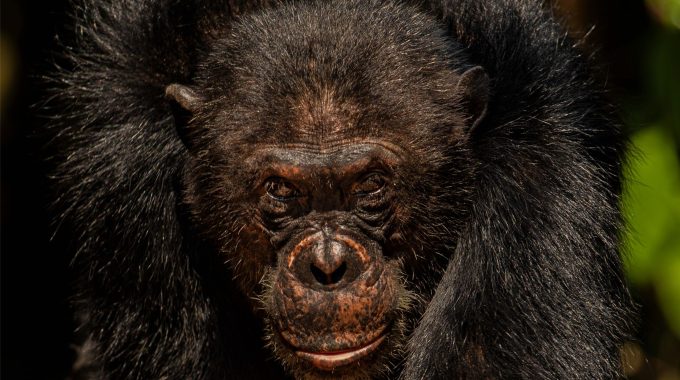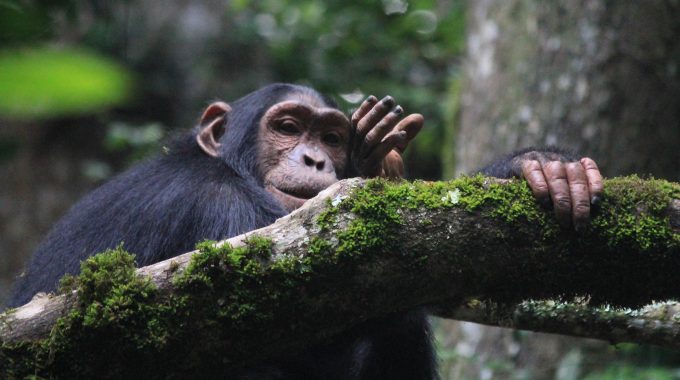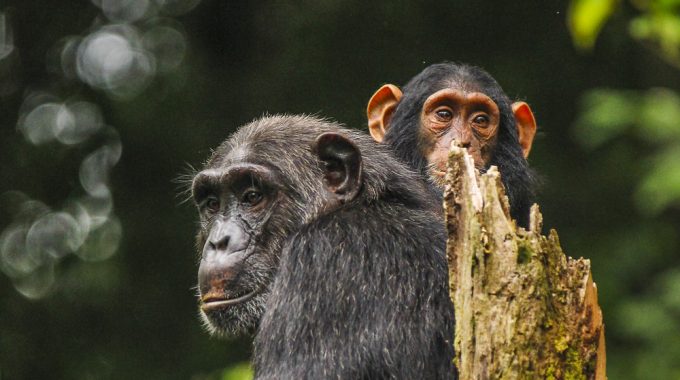The male chimpanzee plays a central role in chimp society. Known for their intelligence, strength,…
How big is Kibale forest?
How big is Kibale Forest? Kibale Forest National Park, located in western Uganda, is a tropical rainforest renowned for its biodiversity. Here are the detailed specifics about the forest’s size and features:

Total Area:
- Size: Kibale Forest National Park covers an area of approximately 795 square kilometers (307 square miles). This makes it one of Uganda’s largest and most biologically rich protected areas.
Geographical Features:
- Location: The park lies in Kabarole District and is about 320 km (200 miles) west of Kampala, Uganda’s capital. It is near the town of Fort Portal.
- Altitude: The park’s elevation ranges from 1,100 meters (3,609 feet) to 1,600 meters (5,249 feet) above sea level, creating varied habitats, including swampy areas, grasslands, and dense forest.
Habitat Diversity:
- Forest Type: Kibale consists primarily of tropical rainforest but also contains areas of moist evergreen forest, semi-deciduous forest, and some grasslands.
- Swamps and Wetlands: The park is intersected by numerous rivers, streams, and swamps, adding to the diversity of its ecosystem.
Biodiversity:
- Kibale is considered one of Uganda’s most biologically significant parks due to its rich diversity of flora and fauna.
- Primates: Kibale is especially known for its primate population, which includes 13 species such as chimpanzees, red colobus monkeys, and L’Hoest’s monkeys.
- Birds: The forest is home to over 375 bird species, including species like the African grey parrot and the great blue turaco.
- Mammals: The park harbors approximately 70 mammal species, such as forest elephants, bush pigs, and various species of duikers and antelopes.
- Flora: Kibale Forest is home to over 350 species of trees and numerous plant species, some of which are rare or endemic to the region.
Conservation Importance:
- Kibale Forest plays a vital role in environmental protection, acting as a carbon sink that regulates the climate in the region.
- Furthermore, it is the most significant habitat for chimpanzees in the world, supporting both research and tourist and chimpanzee tracking tours.
- Uganda Wildlife Authority (UWA) also plays a crucial role in the conservation of chimpanzees and their habitat.
Kibale Forest is referred to as the “primate capital of the world“ because of its richness, size, and biodiversity, which make it a crucial ecological site in Uganda and a major tourist destination for wildlife enthusiasts.
Get in touch with us to Arrange your Uganda Safari to see the Kibale Chimps



